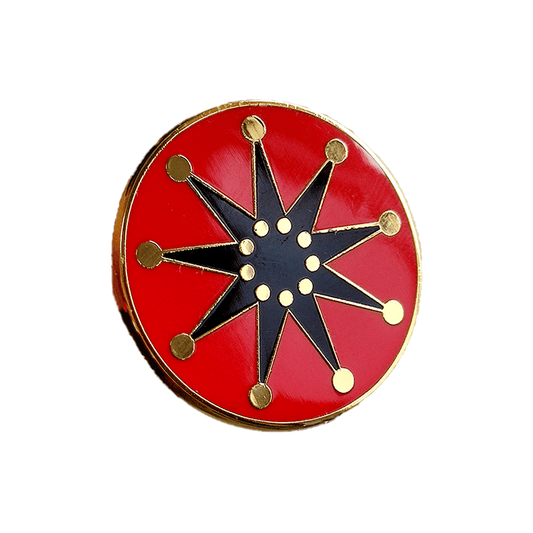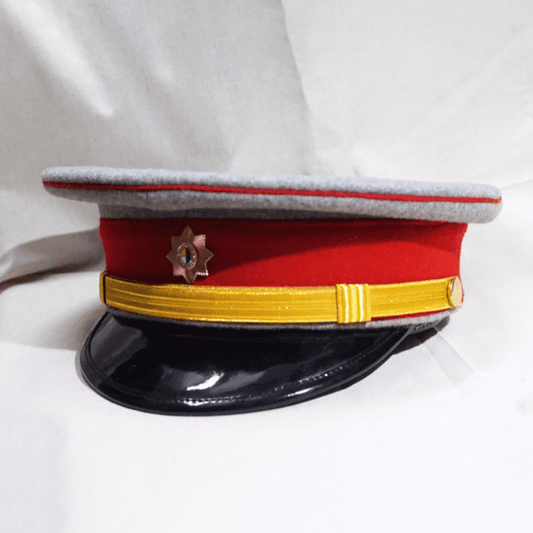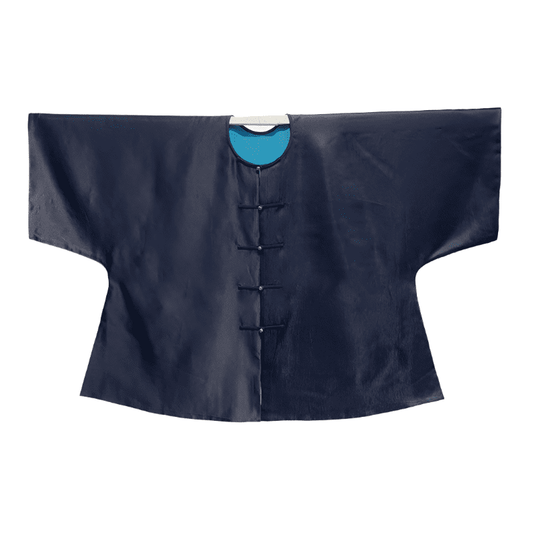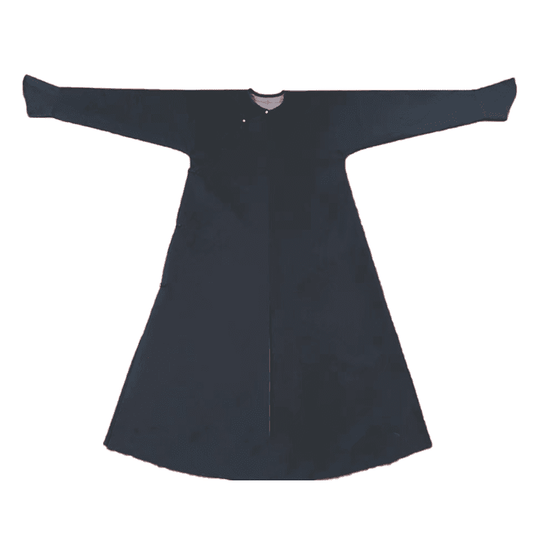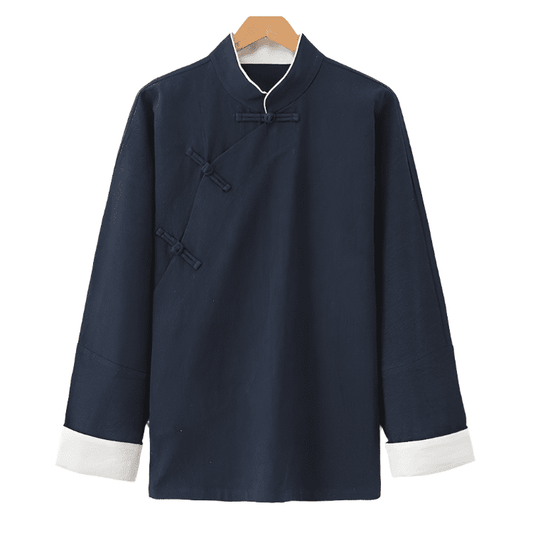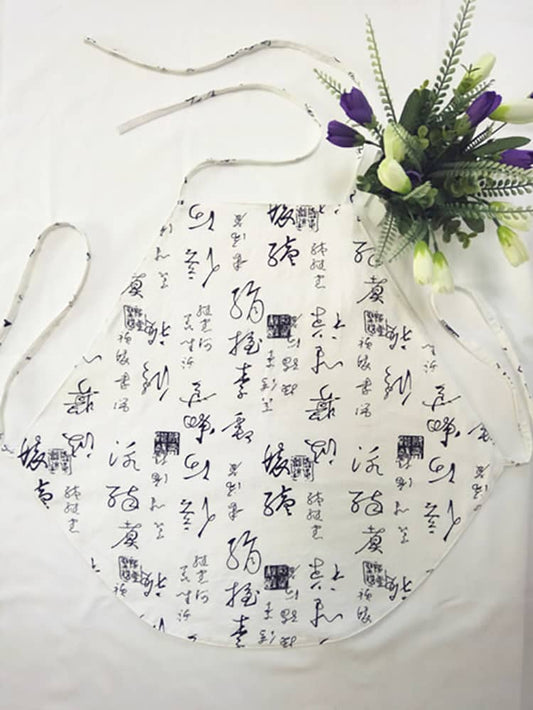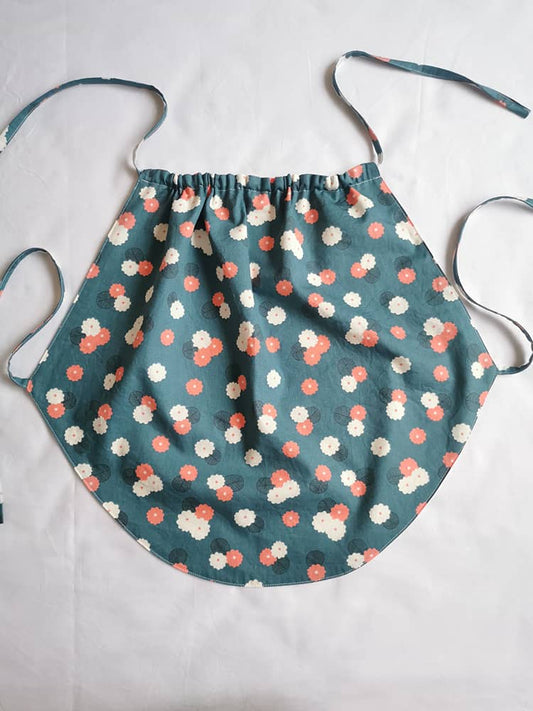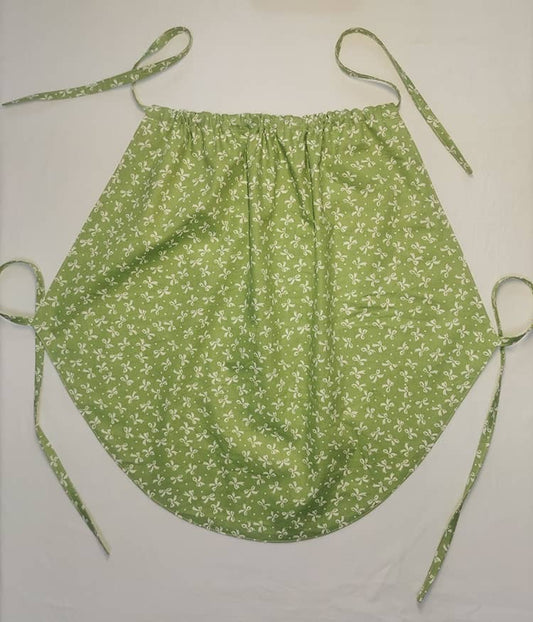Collection: Qing Dynasty
The Qing Dynasty (1644-1912) saw a rich tapestry of traditional Chinese clothing, characterized by its unique blend of Manchu and Han Chinese culture. The attire from this period is known for its intricate designs, luxurious fabrics, and symbolic motifs. Clothing styles varied significantly based on social status, gender, and occasion, reflecting the hierarchical nature of Qing society.
Here are some notable examples of Qing Dynasty clothing:
-
Tangzhuang
Although "Tangzhuang" literally means "Tang suit", it is a modern term used to describe traditional Chinese jackets that became popular during the Qing Dynasty. These jackets typically feature a mandarin collar and Chinese button knots. It's worn by both men and women, often during formal occasions or festivals. -
Changshan
A long robe worn by men, also known as a "Changpao". It is characterized by its straight cut and side slits, often made from silk or cotton. It's commonly worn by men in daily life, but also suitable for formal events. -
Cheongsam
Also known as “qipao,” this form-fitting dress for women became popular in the late Qing Dynasty and early Republic of China period. It features a high neck, a straight cut, and often has side slits. The Cheongsam is typically made from silk and adorned with elaborate patterns. It was initially worn by Manchu women, it later became a fashionable garment for women in urban areas, suitable for both daily wear and formal occasions. -
Dudou
A traditional Chinese undergarment for women, resembling a bib or apron, tied around the neck and waist. It's worn as an undergarment to protect the chest and belly. - Qing Dynasty Official Uniform
Official uniforms varied by rank and occasion, including court uniforms, ceremonial robes, and daily garments. They often featured intricate embroidery, such as dragon motifs for the emperor. They're worn by officials and the emperor during official duties and ceremonies. - New Army Uniform
The New Army, established during the late Qing Dynasty, wore Western-style military uniforms and caps. These uniforms marked a significant shift from traditional Chinese military attire. It's worn by soldiers and officials in the New Army, reflecting modernization efforts.
The Qing Dynasty's clothing not only reflects the cultural and social evolution of the time but also showcases the exquisite craftsmanship and artistic expression of traditional Chinese attire. These garments continue to inspire modern fashion and remain a significant part of China's rich cultural heritage.

-
Jifu Guan Hat for Qing Dynasty Officials (Replica)
Regular price From $478.88Regular priceUnit price / per -
Golden Badge of the Iron-Blooded Eighteen Stars (Replica)
Regular price $18.88Regular priceUnit price / per -
Eighteen Stars of Iron Blood Badge (Replica)
Regular price $18.88Regular priceUnit price / per -
Sailor Cap of Qing Dynasty Hai Chi Cruiser
Regular price $98.88Regular priceUnit price / per -
The Peaked Cap (Golden Thread Version) from the Dress Uniform of the Qing Dynasty’s New Army
Regular price $298.88Regular priceUnit price / per -
The Peaked Cap from the Service Uniform of the Qing Dynasty’s New Army Praetorian Guard Officers
Regular price $238.88Regular priceUnit price / per -
The Peaked Cap of New Army Officers in Qing Dynasty
Regular price $228.88Regular priceUnit price / per -
The Peaked Cap of New Army Soldiers in Qing Dynasty
Regular price $228.88Regular priceUnit price / per -
The Peaked Cap from the Dress Uniform of the Qing Dynasty’s New Army Officers
Regular price $268.88Regular priceUnit price / per -
The Peaked Cap from the Service Uniform of the Qing Dynasty’s New Army
Regular price $228.88Regular priceUnit price / per -
Magua Jacket in Qing Dynasty
Regular price $164.88Regular priceUnit price / per -
Imperial Yellow Jacket (Huang Magua) in Qing Dynasty
Regular price $178.88Regular priceUnit price / per -
Duanzhao Coat of Qing Dynasty
Regular price $398.88Regular priceUnit price / per -
Embroidered Qing Dynasty Official Boots (Replica)
Regular price $198.88Regular priceUnit price / per -
Changfu Robe in Qing Dynasty
Regular price $288.88Regular priceUnit price / per -
Zhenhuan's Jifu Qipao Costume in "Empresses in the Palace"
Regular price $688.88Regular priceUnit price / per -
Changshan Jacket with Vertical Buttons
Regular price From $104.88Regular priceUnit price / per -
Changshan Jacket
Regular price $94.88Regular priceUnit price / per -
Short Sleeve Changshan Shirt
5.0 / 5.0
(2) 2 total reviews
Regular price $28.88Regular priceUnit price / per -
Red Dudou Underwear
Regular price From $12.88Regular priceUnit price / per -
Dudou Underwear with Fan Patterns
Regular price From $12.88Regular priceUnit price / per -
Red Dudou with Black Border
Regular price From $12.88Regular priceUnit price / per -
Dudou Underwear with Folk Circle Pattern
Regular price $12.88Regular priceUnit price / per -
Dudou Underwear with Calligraphy Patterns
Regular price From $12.88Regular priceUnit price / per -
Dudou Underwear with Porcelain Flowers
Regular price From $12.88Regular priceUnit price / per -
Pink Dudou with Cherry Patterns
Regular price From $12.88Regular priceUnit price / per -
Dudou Underwear with Yellow/Pink Flower Patterns
Regular price From $12.88Regular priceUnit price / per -
Dudou Underwear with Floral Patterns
Regular price From $12.88Regular priceUnit price / per -
Dudou Underwear with Oracle Bone Scripts
Regular price From $12.88Regular priceUnit price / per -
Dudou Underwear with Spots Pattern
Regular price From $12.88Regular priceUnit price / per -
Dudou Underwear with Bow Patterns
Regular price From $12.88Regular priceUnit price / per -
Dudou Underwear with Leaf Patterns
Regular price From $12.88Regular priceUnit price / per -
Dudou Underwear with cute patterns
5.0 / 5.0
(1) 1 total reviews
Regular price From $12.88Regular priceUnit price / per -
White Dudou Underwear
5.0 / 5.0
(1) 1 total reviews
Regular price From $12.88Regular priceUnit price / per -
Traditional Chinese Shoes for Women of Qing Dynasty
Regular price $28.88Regular priceUnit price / per -
Hunyuan Jin Hat
Regular price $24.88Regular priceUnit price / per


